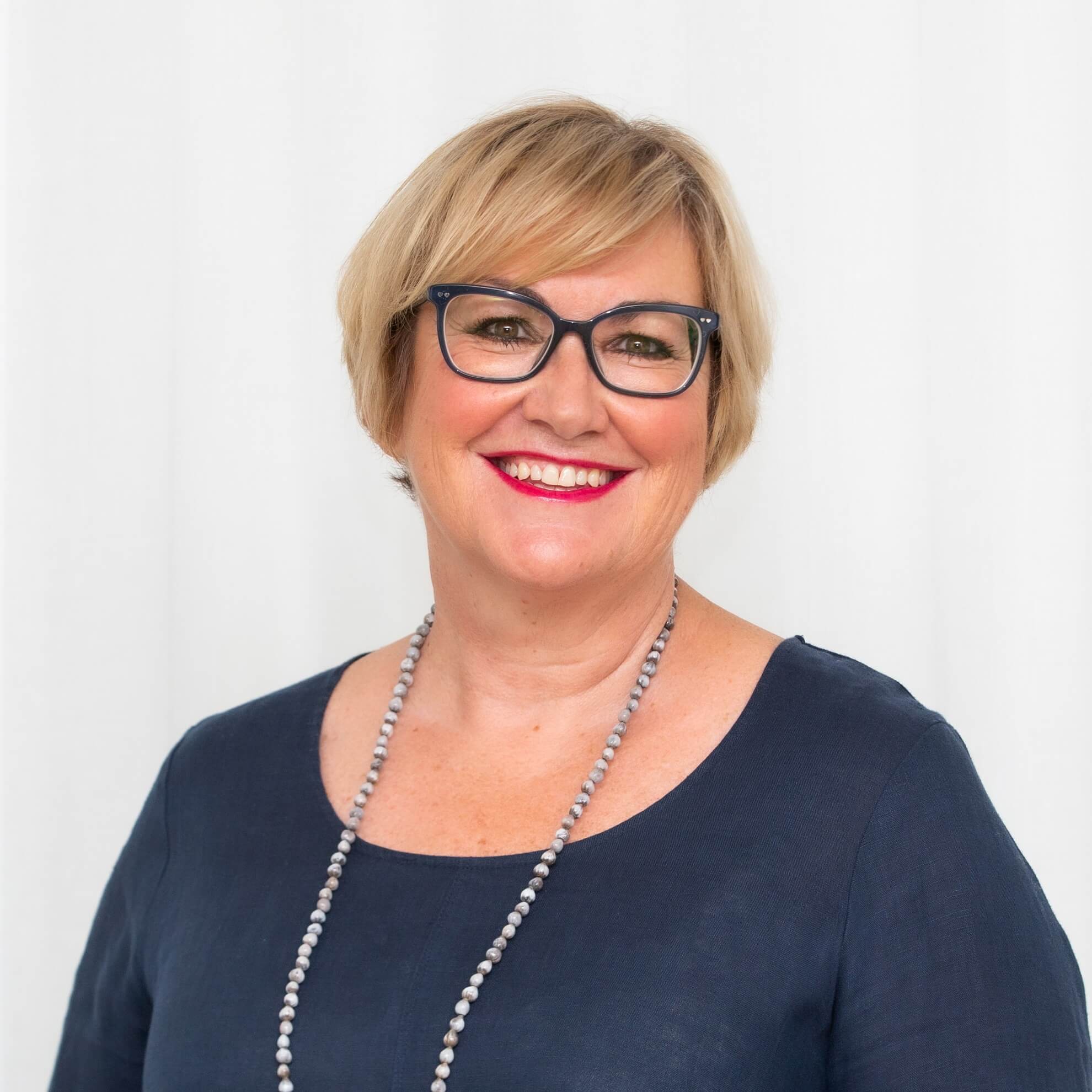They say it takes a village to raise a child, but how much does it actually cost? The answer is highly dependent on individual circumstances, but as a guide, a 2013 national study found that a typical middle income family would spend about $812,000 on raising two children from birth to age 24.i At that time child-raising costs were increasing at around 9% per annum, so it’s a reasonable estimate that these days the cost of getting two kids to the point where they’re ready to leave home (that’s not to say that they will) is closer to $1.1 million! And that’s a middle of the road figure.
For low and middle income families transport is, perhaps surprisingly, the biggest single cost, but for high income families, education takes top spot: it eats up over a quarter of the household budget. That’s largely due to the costs of private education.
The Australian Scholarship Group (ASG) estimates that providing just one child with a private education from pre-school to the end of high school will cost close to $512,910.ii Opt for the Catholic system and that drops to around $251,499, while a government education comes in at roughly $70,454. Supporting a child through university adds substantially to these costs.
Creating a ‘Family Future Fund’
Being forewarned about the costs of children, particularly educating them, provides an opportunity to prepare for the hit to the family budget.
Take Ben and Laura, a young professional couple with a combined after-tax income of $150,000. They plan on starting a family in a few years and after allowing for other financial commitments decide to set aside 25% of their net income for their ‘family future fund’. Opting for the safety of a high interest savings account their return after tax is 2% per annum. When baby Rose arrives five years later, they have a head start of just over $195,000 in meeting future child-raising costs. But babies and toddlers are relatively cheap to support compared with older children, so Ben and Laura don’t need to dip into their fund just yet. This is just as well as they are forced to stop their regular contributions when unpaid parental leave puts a dent in their income. When Rose is ready to start school at age five the family fund has grown to $215,463.
Matt and Sara on the other hand only begin to think about their future family costs when their first child Thom is born. To match Ben and Laura’s savings balance by the time Thom starts school, Matt and Sara would need to save $41,400 per year – for them, and most young couples, an impossible challenge.
Savings options
A child’s ‘future fund’ is not something to speculate with. This means opting for ‘safer’ investments such as cash, term deposits or bonds, despite their generally lower returns. Alternatively, tax benefits may be gained by investing in insurance bonds or a friendly society education plan.
Another possibility is to pay the savings into a mortgage offset account. This will provide a return closer to the home loan rate, which is likely to be higher than interest rates currently available elsewhere. Funds can then be redrawn as school fees or other costs require.
While every family is unique, the costs of raising children are quite staggering. Talk to us about how we can plan for the family side of your life.
i Conducted by the National Centre for Social and Economic Modelling (NATSEM) in conjunction with AMP.
ii Figures estimated by ASG relate to a child educated in a capital city.
